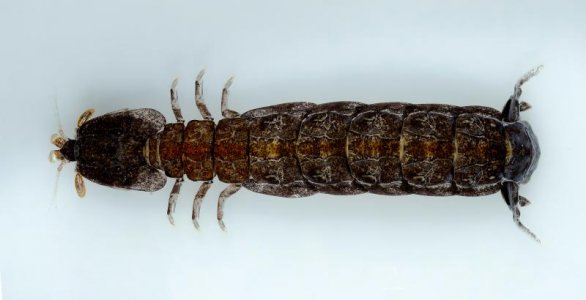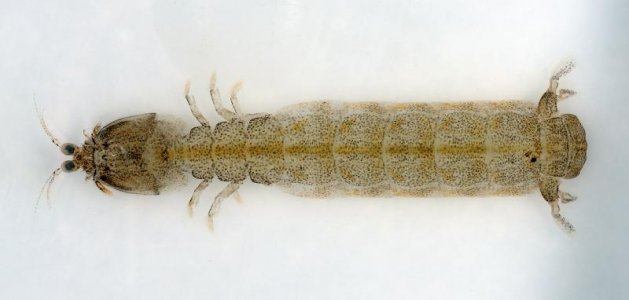Gonodactylus
Premium Member
Most stomatopods exhibit little sexual dimorphism. There are, however, exceptions. Adult male Lysiosquillina maculata have larger raptorial appendages and eyes that do females, male Gonodactylaceus ternatensis have blue antennal scales while those of females are yellow, male Odontodactylus scyllarus have linearally polarized uropod spines while females do not, male Odontodactylus culrtifer have a larger telson keel (median carina) than do females, male Hemisquilla californiensis have red polarized patches on their carapace while females do not, female Haptosquilla glyptocercus have a red polarized inter-segmental membrane between the fifth and sixth abdominal segments while males do not, etc.
One of the most striking sexual color dimorphisms seen in any stomatopod is overall body color of the lysiosquillid Coronis scolopendra. Adult females have a dark brown tortoiseshell color and pattern that appears almost black in the field. Adult males are much lighter in color having a light speckled sandy appearance. These spearing stomatopods are found living in monogamous pairs in shallow sandy habitats along the southeastern coast of the U.S. Maximum body size is about 7 cm total length.
One of the most striking sexual color dimorphisms seen in any stomatopod is overall body color of the lysiosquillid Coronis scolopendra. Adult females have a dark brown tortoiseshell color and pattern that appears almost black in the field. Adult males are much lighter in color having a light speckled sandy appearance. These spearing stomatopods are found living in monogamous pairs in shallow sandy habitats along the southeastern coast of the U.S. Maximum body size is about 7 cm total length.


